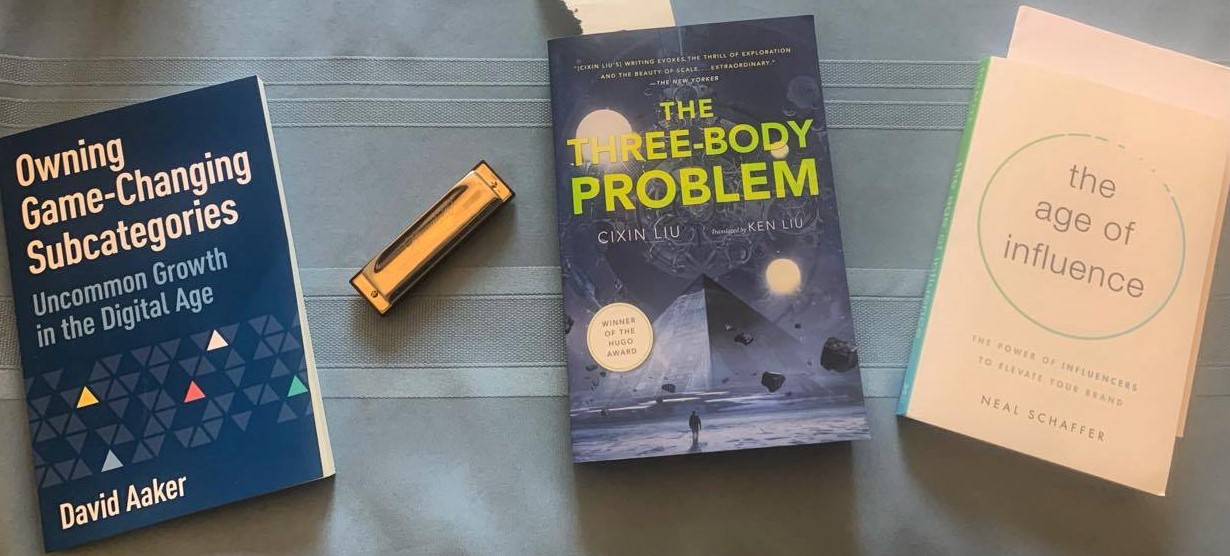“Early retirement” has a unique meaning for tenured professors – it means retiring at any point prior to death. This past spring I accepted an early retirement offer extended to all tenured Radford faculty sixty years of age or older.
My last day as Associate Professor of Marketing at Radford University is December 24, 2021. On Christmas Day I am officially a retiree. I had planned to be in my role another five years… but as we discuss in my innovation course, plans change.
Why the change of plans? We had a new wonderful grandchild three hours away in Tennessee; COVID made the three-hour trip more daunting and teaching less enjoyable; Radford offered an attractive early retirement plan.
The goodbyes are bittersweet.
I enjoyed my fifteen years at Radford. The close relationships with students and colleagues were special. I created two new courses – social media & content marketing, and service & product innovation – topics of interest to me that also seemed to engage students. I had multiple students write me a few years later saying that those courses had already benefitted their careers. I found the job highly rewarding.
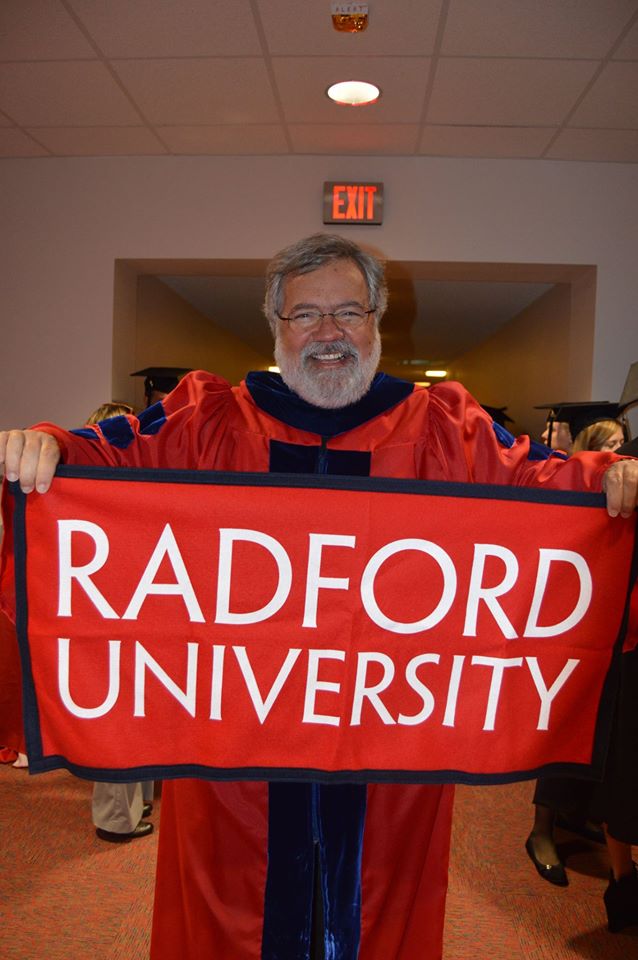
Designing My Retirement
What am I going to do? I get that question a lot… I don’t know for sure! I have some writing I want to do; some conference papers I would like to submit; I have lost weight and have begun to exercise regularly; and am spending time with my son, daughter-in-law, grandson, and daughter. So it is off to a promising start…
I am also planning to launch a new blog www.Designing-Your-Retirement.com by late January to help myself with the effort and hopefully engage others as well.
As long-term readers of my blogs and my Twitter and LinkedIn friends know, I created the Social Media Marketing course eleven years ago when it was a novel idea. I was, therefore, unable to use the traditional techniques to “innovate” a new course – copy someone else’s syllabus or use textbook outlines. As I related in blog posts and a pedagogy paper, my Twitter followers and blog readers stepped up and helped me create the course.
Can that success be replicated? I would love thoughts from my friends and readers on the retirement process, as well as planning and discovering the new role. How are you planning retirement – or what are you doing if retired? Please comment or contact me with your thoughts:
- gmail – GarySchirr
- twitter: @professorgary
- (or comment here)

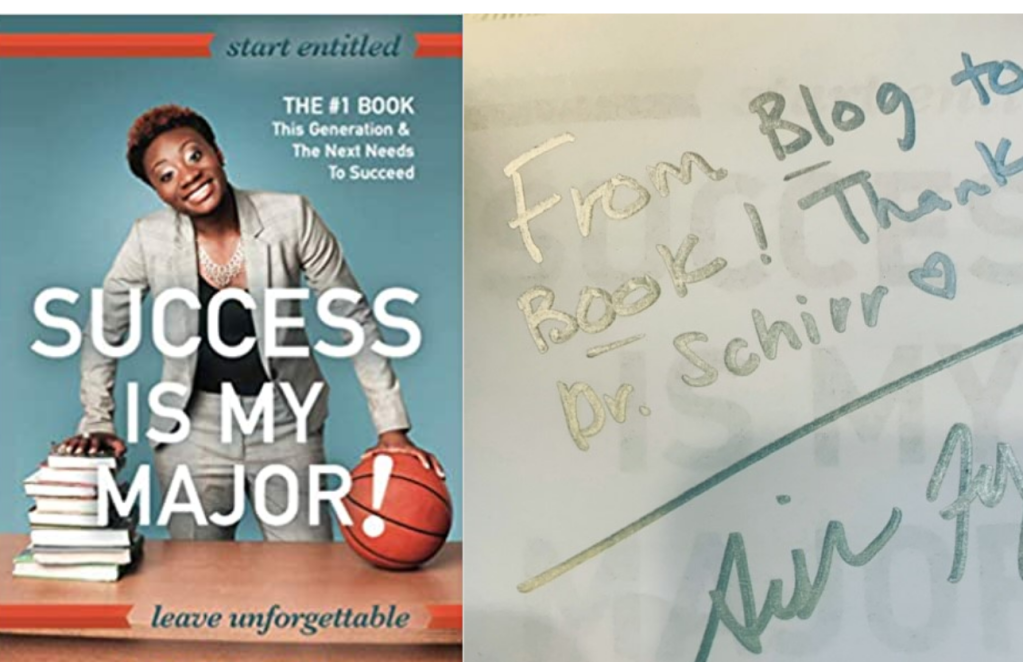

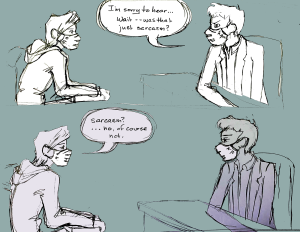
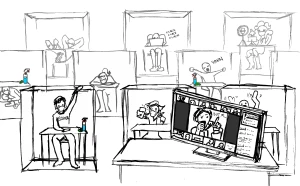
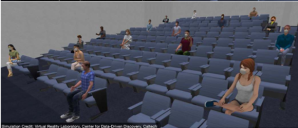 Given adherence to the CDC guidelines for classroom instruction, a university in the Fall is choosing between online instruction and COVID-Blended-Distanced in-class instruction. These classes will be significantly different from traditional in-class classes. (Virtual reality lab – CalTech)
Given adherence to the CDC guidelines for classroom instruction, a university in the Fall is choosing between online instruction and COVID-Blended-Distanced in-class instruction. These classes will be significantly different from traditional in-class classes. (Virtual reality lab – CalTech)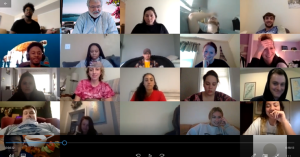 Since March I have worked in a virtual university, as all classes, recruitment efforts, and internal or external meetings have been online. Friends and relatives of mine have also experienced the mixed and hybrid version of remote work.
Since March I have worked in a virtual university, as all classes, recruitment efforts, and internal or external meetings have been online. Friends and relatives of mine have also experienced the mixed and hybrid version of remote work.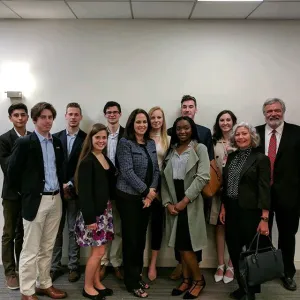

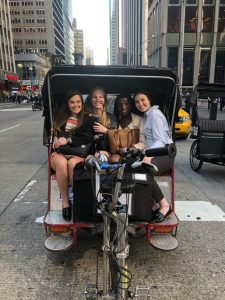 COBE Fellows were invited into a private briefing at the UN, treated to several meals by kind alumni, gained significant business insight, and had a fascinating trip.
COBE Fellows were invited into a private briefing at the UN, treated to several meals by kind alumni, gained significant business insight, and had a fascinating trip.
